If you've searched for 'SES Khurdal' and found limited information, you're not alone. SES Khurdal isn't a standardized commercial spice blend but rather describes traditional Central Asian spice preparation methods involving sun-dried, fermented, or salted ingredients in crushed form. This guide clarifies exactly what SES Khurdal means, why it's rarely labeled this way in stores, and how to identify authentic versions for your cooking.
Unlike common spice blends like za'atar or curry powder, SES Khurdal refers to regional preparation techniques rather than a specific recipe. The term combines 'SES' (traditional preservation methods) and 'Khurdal' (Persian for 'crushed'), describing how local communities process seasonal harvests into versatile flavor enhancers. Understanding this distinction is crucial for finding authentic products and using them correctly in Central Asian cuisine.
Table of Contents
- What SES Khurdal Really Means (Beyond the Confusion)
- Authentic Flavor Profile & Regional Variations
- How to Identify Genuine SES Khurdal Products
- Essential Cooking Techniques for Best Results
- Reliable Substitutes When Authentic Blend Is Unavailable
- 5 Authentic Recipes Using Traditional Methods
- Critical FAQs for First-Time Users
What SES Khurdal Really Means (Beyond the Confusion)
The term 'SES Khurdal' causes widespread misunderstanding because it's rarely used as a commercial product name. Instead, it describes traditional processing methods found across Uzbekistan, Tajikistan, and northern Afghanistan:
| Term | Actual Meaning | Commercial Reality |
|---|---|---|
| SES | Traditional preservation (sun-dried/salted/fermented) | Never appears on commercial spice labels |
| Khurdal | Persian for 'crushed' or 'ground' | Marketed as 'traditional blend' or regional name |
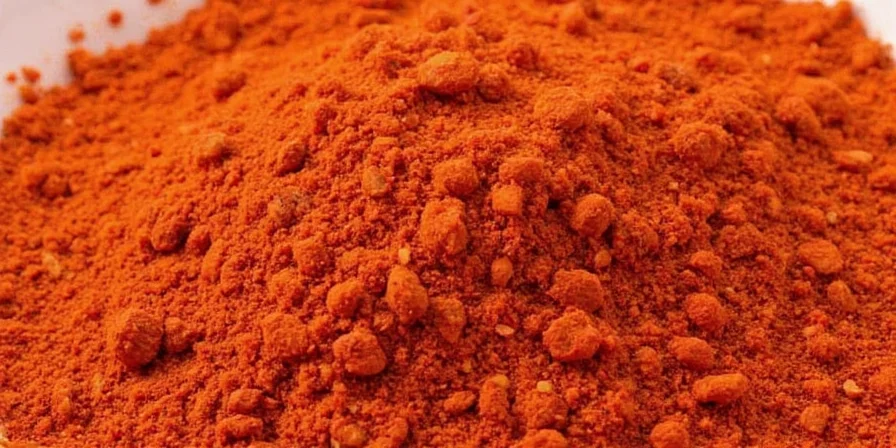
Authentic versions are always locally produced using seasonal ingredients. What Western markets sell as 'Central Asian spice blend' typically represents just one regional variation. For example:
- Uzbekistan: Herb-dominant with cumin, coriander, and dried barberries
- Tajikistan: Higher chili content with mountain-grown wild spices
- Afghanistan: Often includes dried fruits like apricots or raisins
Authentic Flavor Profile & Regional Variations
Understanding these regional differences prevents recipe failures. The same 'SES Khurdal' term covers vastly different flavor profiles:
| Region | Primary Ingredients | Heat Level | Ideal Dish Pairing |
|---|---|---|---|
| Fergana Valley | Chili, cumin, garlic | Medium-Hot | Lamb plov, meat skewers |
| Pamir Mountains | Coriander, dried herbs, minimal chili | Mild | Vegetable stews, flatbreads |
| Afghan Hindu Kush | Chili, dried fruits, sesame | Medium | Rice dishes, yogurt dips |
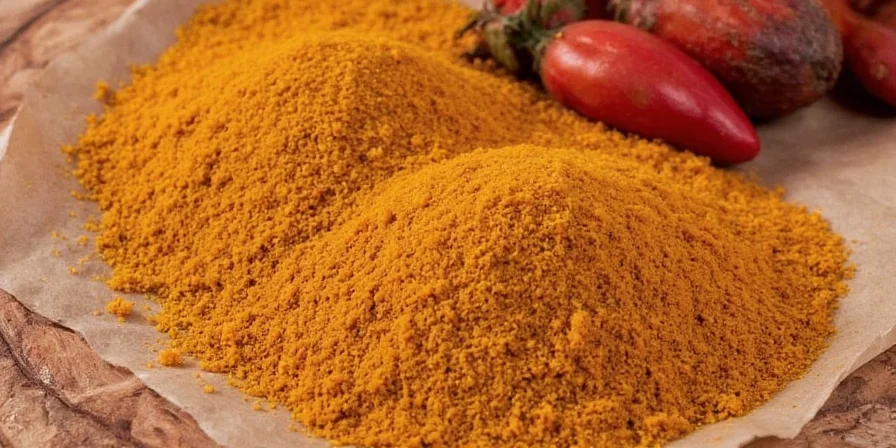
How to Identify Genuine SES Khurdal Products
Since 'SES Khurdal' won't appear on commercial labels, look for these authenticity markers:
- Physical characteristics: Visible seed fragments (not uniform powder)
- Color variation: Inconsistent red tones (indicates natural drying)
- Aroma test: Complex scent with earthy base and citrus top notes
- Purchase source: Specialty Central Asian markets > general spice shops
Avoid products labeled 'SES Khurdal' online—these are typically misleading marketing attempts. Authentic versions come labeled with regional names like:
- 'O'zbekiston qalapochi' (Uzbekistan)
- 'Lavash tozu' (Tajikistan)
- 'Qara zir-e shikan' (Afghanistan)

Essential Cooking Techniques for Best Results
Using authentic SES Khurdal requires technique adjustments:
- Never add directly to wet dishes: Toast in oil first to release flavors (30-60 seconds)
- Adjust for regional variation: Fergana Valley blends need 25% less quantity than Pamir versions
- Texture preservation: Add during last 10 minutes of cooking to maintain grittiness
- Dairy pairing: Mix with yogurt before adding to prevent curdling
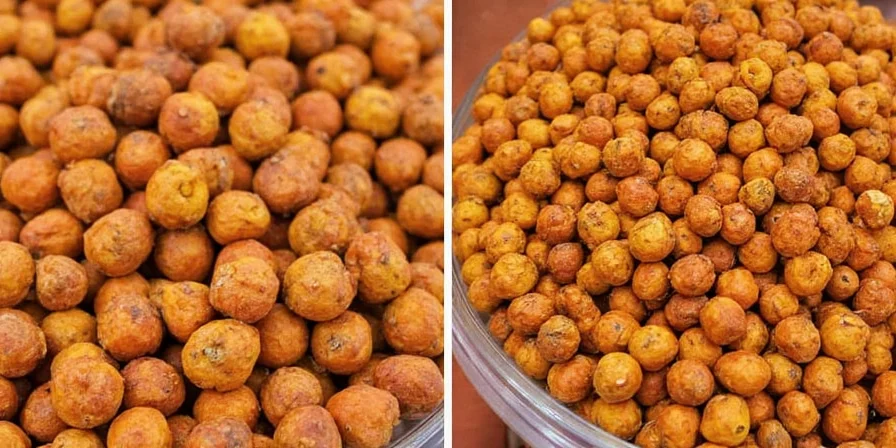
Reliable Substitutes When Authentic Blend Is Unavailable
Recreate regional variations with pantry staples:
| Regional Version | Substitute Blend | Adjustment Tip |
|---|---|---|
| Fergana Valley | 2 parts smoked paprika + 1 part cumin + 1/2 part garlic powder | Add 1/4 tsp vinegar when toasting |
| Pamir Mountains | 3 parts coriander + 1 part dried mint + 1/4 part chili | Include 1 tsp toasted sesame seeds |
| Afghan Hindu Kush | 2 parts sweet paprika + 1 part cumin + 1/2 part dried apricot powder | Mix with olive oil before use |
5 Authentic Recipes Using Traditional Methods
- Uzbek Lamb Plov (Traditional Method): Toast 1 tsp Fergana-style blend in lamb fat before adding rice. Authentic touch: Sprinkle extra on finished dish
- Tajik Qurutob Bread Dip: Mix 2 tsp Pamir-style blend with 1/4 cup yogurt and crushed qurut (dried yogurt balls)
- Afghani Qabuli Rice: Stir 1.5 tsp Afghan-style blend into oil before frying raisins and carrots
- Central Asian Eggplant Dip: Blend roasted eggplant with 1 tsp SES Khurdal variation and pomegranate molasses
- Traditional Meat Skewers: Rub lamb with 1 tsp Fergana blend and let marinate 4+ hours before grilling
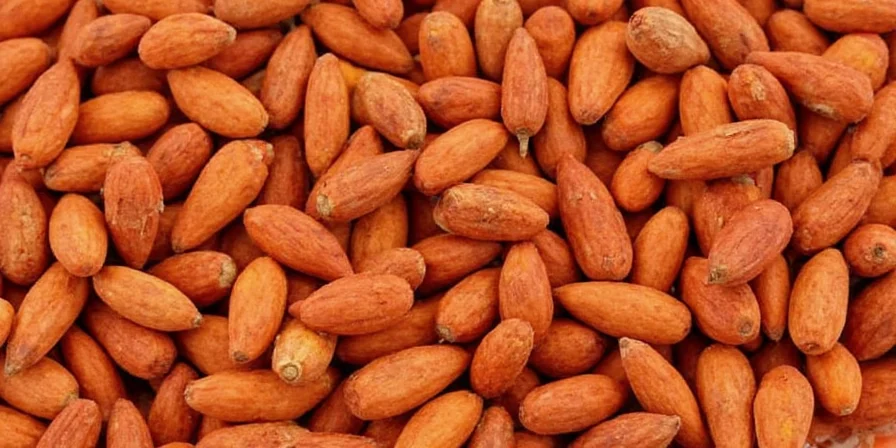
Critical FAQs for First-Time Users
Why can't I find 'SES Khurdal' in stores?
This term describes preparation methods, not a commercial product. Look for regional names like 'O'zbekiston qalapochi' or ask for 'traditional sun-dried spice blend' at Central Asian markets. Online sellers using 'SES Khurdal' are typically misrepresenting generic blends.
How is this different from regular spice blends?
Authentic versions maintain visible texture from stone grinding and use seasonally harvested ingredients. Commercial blends are uniformly powdered and contain preservatives. The key difference is in preparation method (sun-dried/fermented) rather than ingredients.
Can I make it at home without specialty ingredients?
Yes, but skip the sun-drying step (impractical at home). Toast whole cumin, coriander, and chili in a dry pan, then stone-grind with minimal crushing. Add 1 tsp dried barberries if available. Authentic texture comes from partial grinding - not all ingredients should be powder-fine.
Why does texture matter so much?
The intentional grittiness releases flavors gradually during slow cooking. Uniform powders (like commercial blends) deliver all flavor immediately, altering dish balance. Traditional plov requires this slow release to properly infuse rice grains.
How do I store homemade versions properly?
Authentic sun-dried blends last 6-8 months in airtight containers away from light. Home versions (without sun-drying) should be refrigerated and used within 3 months. Never store in clear containers - UV light degrades flavor compounds.

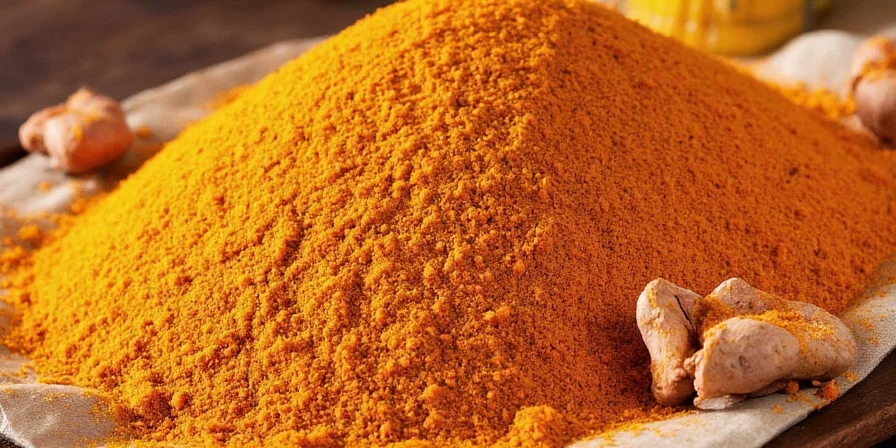









 浙公网安备
33010002000092号
浙公网安备
33010002000092号 浙B2-20120091-4
浙B2-20120091-4